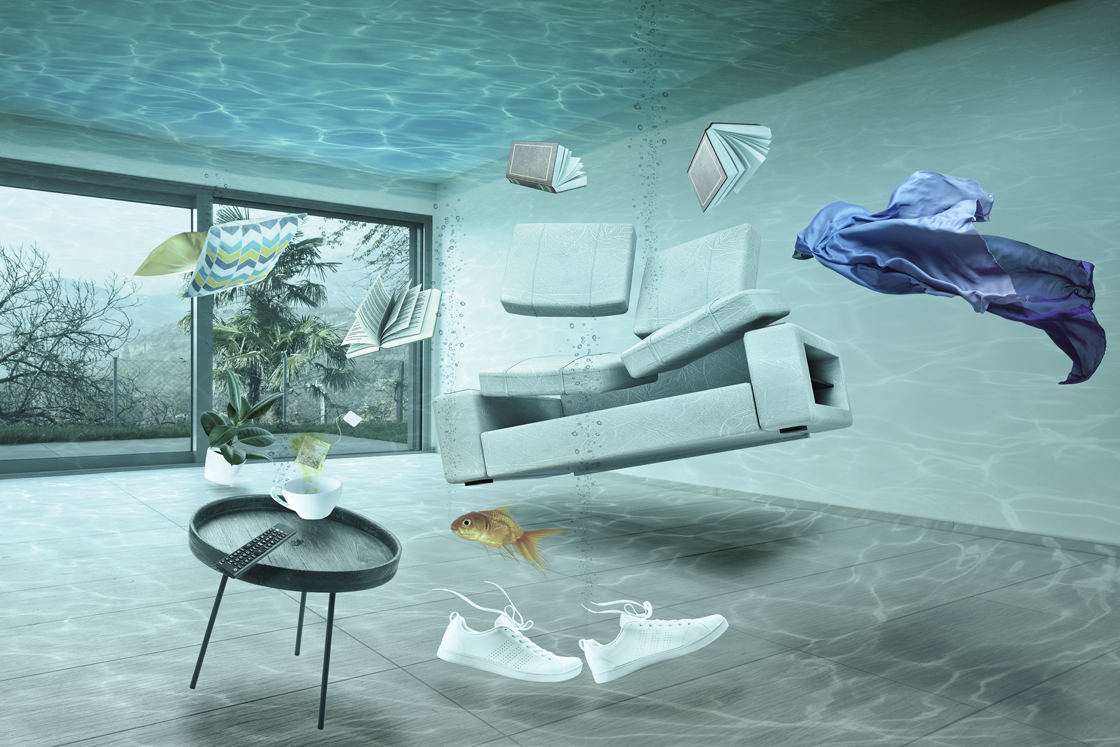What are your thoughts concerning Detecting hidden plumbing leaks?

Early discovery of dripping water lines can minimize a potential catastrophe. Some small water leakages might not be visible.
1. Analyze the Water Meter
Every home has a water meter. Examining it is a proven manner in which helps you discover leaks. For starters, switch off all the water resources. Make certain no one will flush, use the faucet, shower, run the washing device or dish washer. From there, most likely to the meter and also watch if it will certainly transform. Given that no person is utilizing it, there should be no movements. That shows a fast-moving leak if it moves. If you find no adjustments, wait a hr or 2 and inspect back once more. This implies you might have a sluggish leakage that could even be below ground.
2. Inspect Water Intake
If you find abrupt modifications, in spite of your consumption being the exact same, it suggests that you have leaks in your plumbing system. A sudden spike in your bill shows a fast-moving leakage.
At the same time, a stable increase monthly, even with the same practices, shows you have a slow leakage that's additionally slowly rising. Call a plumber to completely inspect your property, especially if you really feel a cozy location on your floor with piping below.
3. Do a Food Coloring Examination
30% comes from toilets when it comes to water consumption. Test to see if they are running effectively. Decline flecks of food color in the container and wait 10 minutes. There's a leak in between the container as well as bowl if the color in some way infiltrates your dish during that time without flushing.
4. Asses Outside Lines
Don't neglect to inspect your exterior water lines too. Needs to water seep out of the link, you have a loose rubber gasket. One small leakage can lose bunches of water and also surge your water expense.
5. Check as well as Examine the Circumstance
Home owners ought to make it a behavior to examine under the sink counters and also also inside closets for any bad odor or mold and mildew growth. These 2 red flags suggest a leakage so timely attention is required. Doing regular inspections, even bi-annually, can conserve you from a major trouble.
A lot more importantly, if you recognize your residence is already old, keep a watchful eye on your heaters, hose pipes, pipelines etc. Check for stainings as well as damaging as a lot of pipes and devices have a life span. They will certainly also normally degrade because of tear and put on. Don't wait for it to rise if you presume leaking water lines in your plumbing system. Call an expert plumber today so you do not end up with a dreadful mess in your house.
Early detection of dripping water lines can minimize a potential calamity. Some little water leakages may not be visible. Checking it is a proven means that aids you uncover leaks. One small leak can waste loads of water as well as increase your water expense.
If you think dripping water lines in your plumbing system, do not wait for it to rise.
WARNING SIGNS OF WATER LEAKAGE BEHIND THE WALL
PERSISTENT MUSTY ODORS
As water slowly drips from a leaky pipe inside the wall, flooring and sheetrock stay damp and develop an odor similar to wet cardboard. It generates a musty smell that can help you find hidden leaks.
MOLD IN UNUSUAL AREAS
Mold usually grows in wet areas like kitchens, baths and laundry rooms. If you spot the stuff on walls or baseboards in other rooms of the house, it’s a good indicator of undetected water leaks.
STAINS THAT GROW
When mold thrives around a leaky pipe, it sometimes takes hold on the inside surface of the affected wall. A growing stain on otherwise clean sheetrock is often your sign of a hidden plumbing problem.
PEELING OR BUBBLING WALLPAPER / PAINT
This clue is easy to miss in rooms that don’t get much use. When you see wallpaper separating along seams or paint bubbling or flaking off the wall, blame sheetrock that stays wet because of an undetected leak.
BUCKLED CEILINGS AND STAINED FLOORS
If ceilings or floors in bathrooms, kitchens or laundry areas develop structural problems, don’t rule out constant damp inside the walls. Wet sheetrock can affect adjacent framing, flooring and ceilings.
https://www.servicemasterbyzaba.com/blog/how-to-detect-water-leakage-in-walls/

As a serious person who reads on Hacks to detect leaks, I was thinking sharing that editorial was worth the trouble. Sharing is caring. Helping people is fun. Thank you for taking the time to read it.
Toilet issues? Call!